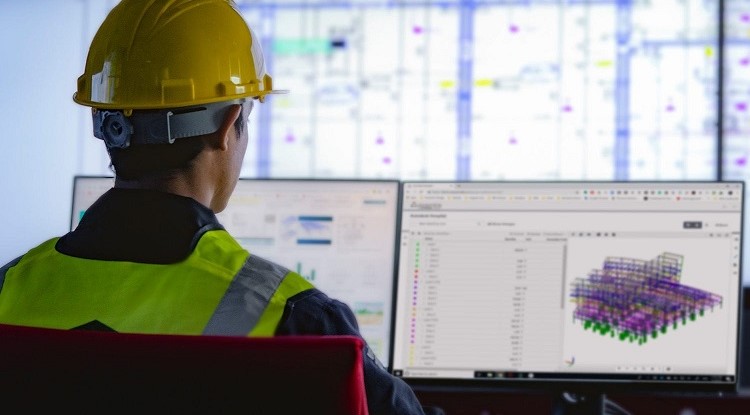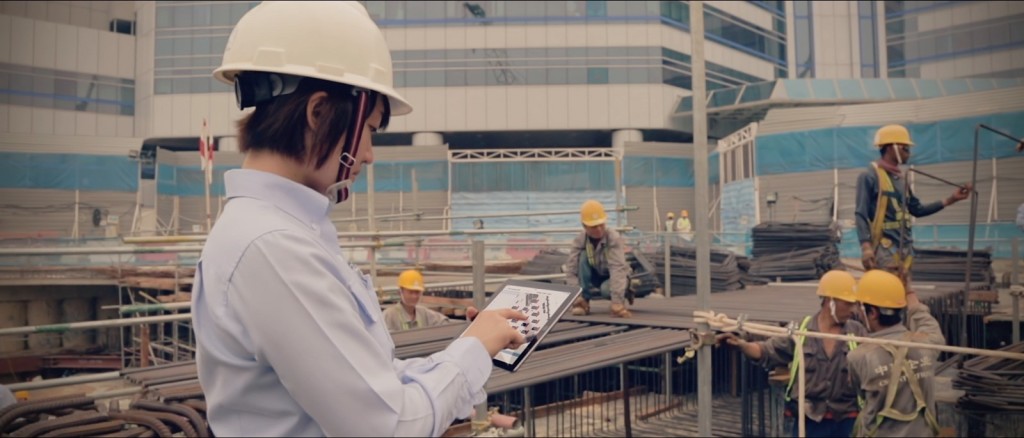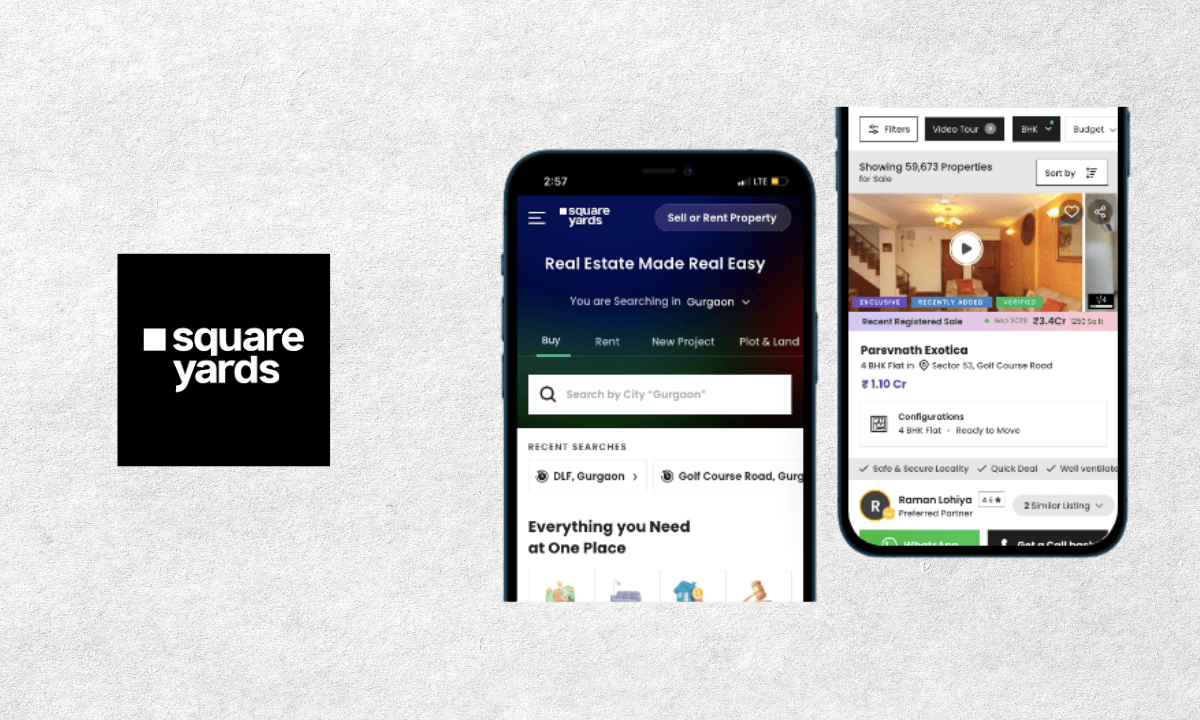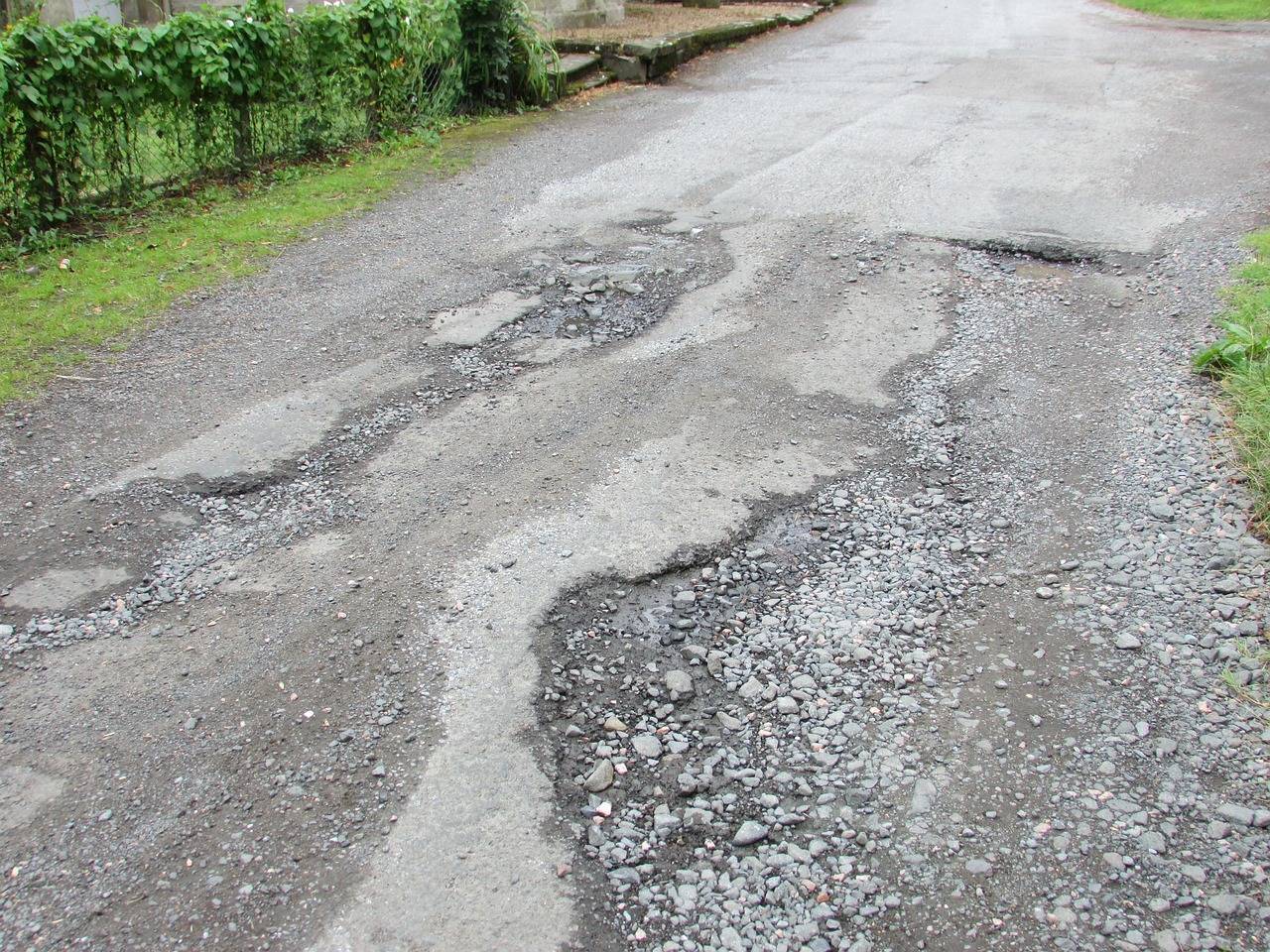In modern construction, data analytics has emerged as a pivotal enabler for enhancing project planning, execution, and long-term asset performance. By systematically gathering, processing, and analyzing information from various sources, such as IoT devices, BIM models, equipment logs, and historical project records, construction teams can make timely decisions that reduce risk, manage resources more efficiently, and improve overall outcomes. From conceptual planning to facility operation, data analytics plays a continuous role in optimizing workflows and enabling data-informed strategies.
Core Components of Construction Data Analytics
Data Acquisition Technologies
Sensors, drones, wearables, ERP systems, and construction management tools collect site-level information related to labor, materials, equipment activity, environmental conditions, and productivity rates.
Data Integration Frameworks
Different data streams, ranging from BIM and scheduling tools to procurement and field updates—are consolidated into unified databases for consistent analysis.
Analytical Processing Units
These include machine learning models and algorithms that detect patterns, generate reports, flag anomalies, and predict risks across the construction timeline.
Visualization and Reporting Tools
Information is delivered through dashboards, heatmaps, 3D models, and progress charts tailored to decision-makers and site teams.
Cloud and Storage Infrastructure
Robust cloud platforms store real-time and historical data securely, enabling scalable and remote access across multiple stakeholders.

Key Use Cases of Data Analytics in Construction
Project Scheduling Optimization
Analytics tools study past schedules and resource trends to fine-tune future activity sequencing, identify potential delays, and improve forecasting accuracy.
Budget and Cost Oversight
Live tracking of costs against planned budgets allows early detection of financial deviations. Historical datasets also refine budget planning for future bids and estimates.
Quality Management
Inspection data is analyzed to recognize recurring defects, pinpoint their root causes, and proactively address quality concerns before they affect downstream activities.
Safety Oversight
Environmental sensors and wearable tech collect real-time data on-site conditions and worker movements. Analytics platforms process this data to detect safety risks and issue alerts proactively.
Equipment Efficiency Tracking
Through telematics and machine logs, analytics monitors idle time, energy consumption, utilization rates, and maintenance needs, supporting preventive maintenance and fleet planning.
Material and Logistics Management
Analytics assesses procurement timelines, inventory statuses, and delivery schedules to minimize delays and improve coordination across supply chains.
Clash Detection and BIM Integration
When connected with BIM systems, data analytics aids in identifying clashes in design, sequencing conflicts, and spatial inefficiencies during planning and execution.
Stakeholder Communication
Dynamic dashboards and data-driven reports keep clients, contractors, and consultants aligned, fostering transparency and informed decision-making.
Forms of Data Analytics in Construction
Descriptive Analytics
Captures and summarizes past performance indicators—like labor productivity, budget usage, and daily progress logs—to provide a factual account of site operations.
Diagnostic Analytics
Examines the root causes behind specific outcomes. For example, if productivity drops, it can trace contributing factors such as absenteeism, equipment failure, or weather conditions.
Predictive Analytics
Employs historical data and statistical models to forecast potential disruptions—like time overruns, budget excesses, or safety incidents—allowing teams to plan mitigation in advance.
Prescriptive Analytics
Goes beyond prediction by recommending corrective actions. If a delay is likely, the system may suggest reallocation of resources, task resequencing, or expedited material procurement.
Real-Time Analytics
Processes continuous data from GPS devices, wearables, and site trackers to deliver immediate insights on ongoing operations—enhancing on-site responsiveness.
Geospatial Analytics
Combines geographic data with analytics for projects like highways, metros, or pipelines. This helps evaluate terrain complexity, weather patterns, access logistics, and site suitability.

Supporting Each Phase of the Construction Lifecycle
Pre-Construction
- Feasibility Analysis: Leverages past project benchmarks and cost data to evaluate project viability.
- Site Assessment: Geospatial tools assess terrain conditions, access routes, and surrounding infrastructure.
- Risk Forecasting: Data patterns reveal potential execution risks based on location, contractor history, and economic indicators.
Design and Planning
- Resource Estimation: Uses project archives to forecast labor, machinery, and material requirements.
- Schedule Simulation: Evaluates different sequencing scenarios to optimize timelines and crew efficiency.
- Budget Structuring: Integrates historical unit costs and inflation indices to refine budget estimates.
Construction Execution
- Progress Monitoring: Compares planned vs. actual progress through daily data updates.
- Productivity Measurement: Tracks output per worker, highlighting inefficiencies.
- Safety Tracking: Real-time monitoring flags hazards and ensures safe practices on-site.
Post-Construction and Operations
- Asset Monitoring: Sensors track facility performance to inform maintenance planning.
- Lifecycle Cost Assessment: Long-term analytics on repairs and energy use influence future design choices.
Challenges in Implementation
Data Silos
Projects involving multiple subcontractors and software platforms often result in incompatible data sets, complicating integration and analysis.
Lack of Skilled Personnel
Many construction professionals are not trained in data interpretation or analytics software, leading to underutilization.
Upfront Investment
Initial costs for deploying cloud systems, acquiring devices, and training staff can be high, especially for smaller firms.
Platform Integration Complexity
Seamless linkage of data analytics platforms with BIM, ERP, and construction project tools remains a technical challenge for many firms.
Market Potential and Key Players in India
The construction data analytics market in India is poised for significant growth, driven by the rapid adoption of digital technologies across public infrastructure, urban development, and private real estate projects. With large-scale initiatives such as Smart Cities Mission, Gati Shakti, and Bharatmala Pariyojana demanding higher levels of project coordination and accountability, the need for integrated data solutions is growing. Additionally, the increasing complexity of mega infrastructure projects—including metros, expressways, airports, and data centers, has made real-time monitoring, predictive analytics, and digital twin adoption essential for effective project governance.
Several Indian companies and technology service providers are actively enabling data-driven construction. Firms like Trimble India, Bentley Systems India, and Autodesk India are offering integrated analytics through BIM and cloud-based project management platforms. Domestic startups and SaaS providers such as Credai’s CREDAI-X, Tracecost, BuildSupply, and Aurigo are delivering customized analytics solutions for scheduling, cost control, quality tracking, and asset lifecycle management. Engineering service companies including L&T Technology Services, Tata Consulting Engineers, and Wipro Infrastructure Engineering are also embedding analytics into digital construction workflows for EPC clients. These players are contributing to a shift from reactive project control to predictive and prescriptive project intelligence across India’s construction ecosystem.
Emerging Trends and Outlook
Data analytics is fast becoming an integral component of high-value infrastructure projects, aided by increased digitization and the adoption of connected construction platforms. Predictive modeling and AI-enhanced analytics are gaining traction, particularly in domains such as preventive maintenance, safety monitoring, and labor management. Additionally, evolving regulations, mandating BIM, environmental tracking, and structured documentation—are encouraging wider adoption.
Early adopters are experiencing reduced project cycle times, fewer contractual disputes, and higher overall margins, positioning data analytics as a strategic asset in construction management.
Conclusion
Data analytics provides a measurable edge across the entire construction continuum, from early-stage feasibility and planning to post-handover facility operations. By leveraging data collected from across the project ecosystem, construction teams can improve efficiency, anticipate risks, and achieve better outcomes in terms of cost, time, and quality. As the sector embraces more connected and digital ways of working, data analytics will be central to transforming project delivery and ensuring sustainable asset performance.









.png)